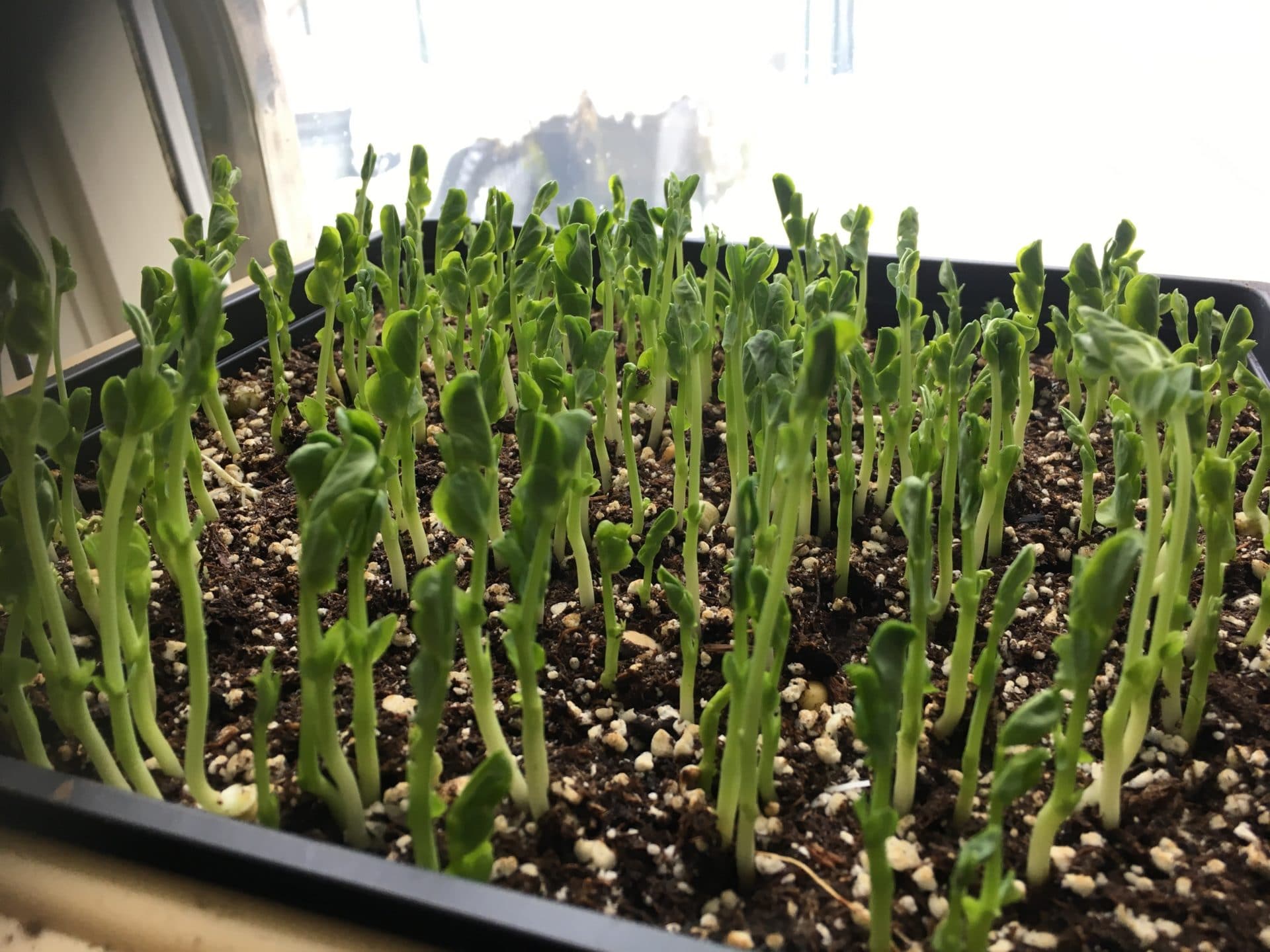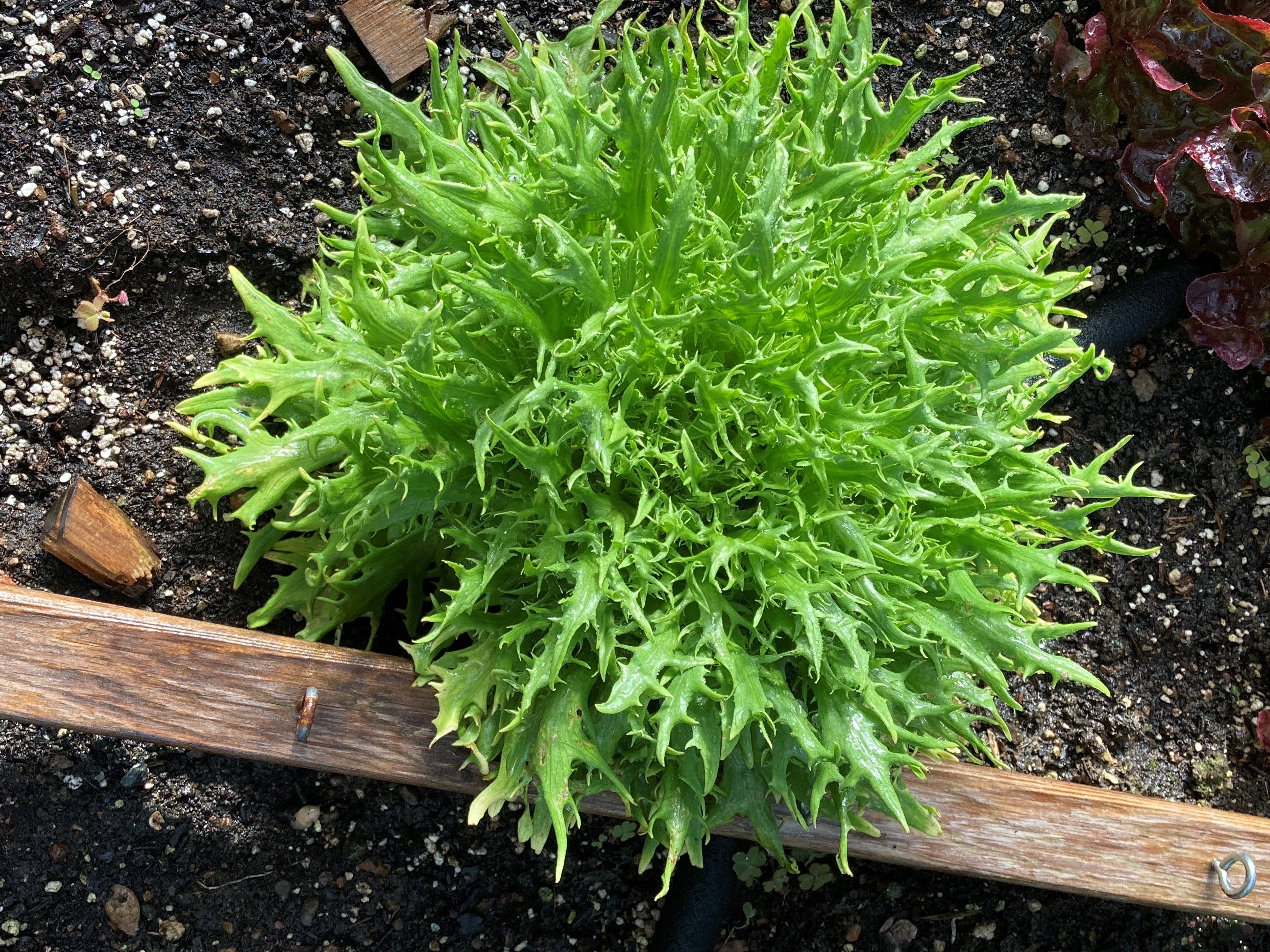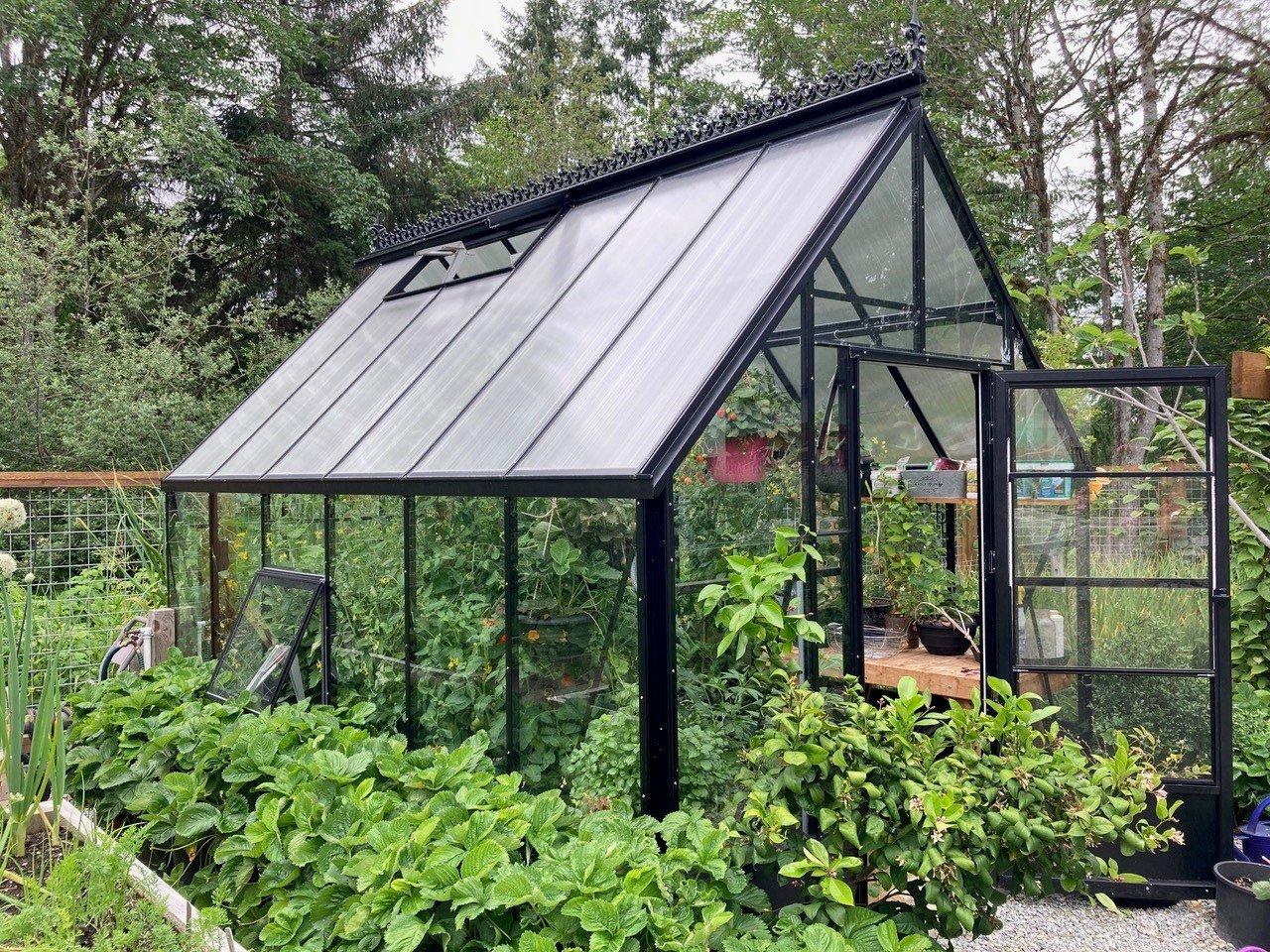The Best Soil for Greenhouse Gardening: A Comprehensive Guide

Soil Primer
 If you are new to growing and subscribe to the "just add water" school of thought, then this is going to come as a shock to you. With terms like super soil, triple mix, natural soil and soil with no soil, it is certainly confusing for new gardeners to start growing in their greenhouse! How do you know what to use for successful, continuous growth? How do you get the best flavor in your food and the brightest colour in your flowers?
If you are new to growing and subscribe to the "just add water" school of thought, then this is going to come as a shock to you. With terms like super soil, triple mix, natural soil and soil with no soil, it is certainly confusing for new gardeners to start growing in their greenhouse! How do you know what to use for successful, continuous growth? How do you get the best flavor in your food and the brightest colour in your flowers?
Whether you grow in the ground or in pots in your greenhouse this 2-part blog is for you. Today we look at different types of soils. In part 2, we will look at ways to add nutrients and amendments back into the soil as the minerals get used up by plants.
The role of soil is to support plants but also to hold water, supply nutrients and make oxygen available to the roots of plants and microbes in the soil. If you want to grow fantastic food and flowers for your family, this 2-part series will boost your success.
Natural Soils
When you walk into a forest or a field the soil beneath your feet is what naturally occurs in the area. The soil will also differ in other areas. An individual soil type could be the size of the city you live in or as narrow as the "beach" along the river. The soil varies greatly bow on how old it is and how much it can offer the crops you are growing. In the Amazon, Soils are old and mineral-poor. On tall-grass prairies, the soil is deep, mineral-rich and long-lasting.
 When we see bags of topsoil at a garden center or grocery store they rarely contain any natural soil at all because selling natural soil is rare and oftentimes illegal. Occasionally soil is for sale at bulk landscaping supply stores. This soil comes from housing and industrial sites as they are cleared for development, but don't count on consistency in these natural soils. They might be too sticky, too sandy, low in nutrients or mixed with a subsoil of questionable quality. Natural soil is rarely the remedy for the greenhouse garden.
When we see bags of topsoil at a garden center or grocery store they rarely contain any natural soil at all because selling natural soil is rare and oftentimes illegal. Occasionally soil is for sale at bulk landscaping supply stores. This soil comes from housing and industrial sites as they are cleared for development, but don't count on consistency in these natural soils. They might be too sticky, too sandy, low in nutrients or mixed with a subsoil of questionable quality. Natural soil is rarely the remedy for the greenhouse garden.

Topsoil:
By definition, it is the top 6-8 inches (15-20 cm) of earth in a natural field. It somes from good soils and bad but it doesn't come in bags. Note to self: farmers rarely sell thair best natural topsoil. They use it to grow food.
One brand of "topsoil" called Roots Organic contains:
Lignite, coco fiber, perlite, pumice, compost, peat moss, bone meal, bat guano, kelp meal, greensand, soybean meal, leonardite, k-mag, glacial rock dust, alfalfa meal, oyster shell flour, earthworm castings and mycorrhizae.
In other words, there is no actual topsoil, but plenty of other ingredients in bags sold as topsoil. See super soil below for more info.
Loam:
One type of really good natural topsoil is classified as loam because of its optimum natural blend of sand, silt and clay. This is the best of the best. Note to self: farmers rarely sell their best loam. See above. Also, know that many things are labelled loam even if they are clay, subsoil, bark chips or compost blended with any kind of soil or soil-like material. This material is great for starting seeds or small transplants but for greenhouse growers filling large beds or pots, the soil-less mix is too light. Heavy plants tip over and nutrient deficiencies appear quickly.
Soil-less Mix:
To make up for the lack of soil available to gardeners, suppliers bag up materials that have no real soil at all. Why do they do this? Because there are many great natural materials like Canadian Peat moss and imported Coconut fibre (called Coir) that can be combined with rocks that have been heated like popcorn for drainage (vermiculite and perlite.) The end result is a soil-like material. This material is great for starting seeds or small transplants but for greenhouse growers filling large beds or pots, the soil-less mix is too light. Heavy plants tip over and nutrient deficiencies appear quickly.
If you want to grow tall tomatoes, citrus trees, avocados, houseplants or even massive stocks of corn, soil-less mix is only part of the solution. Use it for starting plants or mixing into other soils but don't rely on it solely for greenhouse growing.
Amended Loam/Soil
To stretch our rare and limited natural soils suppliers mix any available soil or subsoil with amendments or soil-like elements including but not limited to composted manure, sand, municipal compost, bark shredded peat moss, perlite, vermiculite or fine gravel. They mix it up and sell it in bulk or giant bags. This blending makes a little soil go a long way, but also means it is not the same as natural soil. Making your own blend of soil might be the best solution.


Triple mix
You can blend your own high-quality "topsoil" (from your own garden or from a landscape supplier) plus 1/3 natural peat and 1/3 compost to create a soil called triple mix. This is heavier than the soil-less mix and not as natural as wild soil. It does drain well, supplies a lot of nutrients for the first year and produces great yields initially.
Every time you remove a crop you throw away minerals that were used up building the cells in the crop unless you compost everything and add it back in. A triple mix soil needs to be maintained with this additional compost and minerals over time so that it continues to feed plants as crops come and go in your greenhouse. Starting your own compost pile right away is a good idea and adding fertilizers plus high-test compost like worm castings is another way to maintain the triple-mix soil you make yourself.
Super soils
A friend told me her commercial greenhouse friends are mixing their own super soils. They start with a soil-less mix or triple mix and make it even better by adding extra minerals and "secret" ingredients. Some of the secrets are Biochar, worm castings, various seed meals, calcium sulfate aka Gypsum), calcium carbonate (Ag Lime), pumice, kelp, glacial rock dust, humic acids and fulvic acids.

I have been doing this too and now believe these "super soils" are the target for all growers over time. They supply nutrients, limit the amount of conventional fertilizer you need to add and allow for steady even greenhouse growing. Stay tuned for more nextime.
P.S. The best flavour and brightest coloured flowers come from soils with the perfect mix of minerals. Some of these are added directly as minerals – like Zinc Sulphate or Epson salts (Magnesium sulphate) mixed with water before applying. Others are added as micronutrients in commercial fertilizers. In my next blog post find out more about how and why different minerals and amendments are needed to make your growing experience the best ever.


